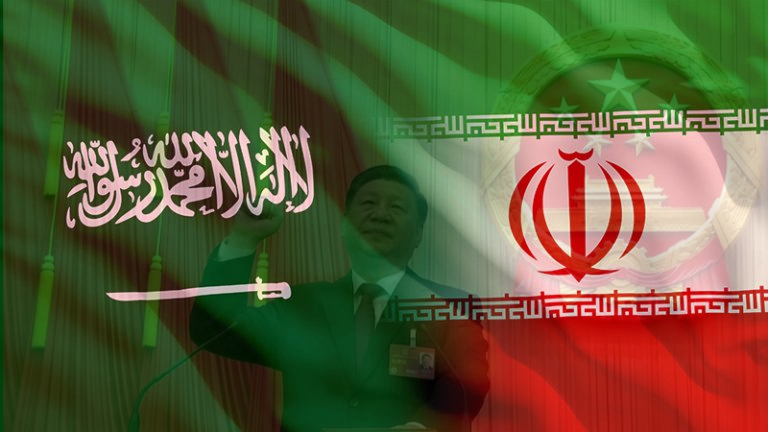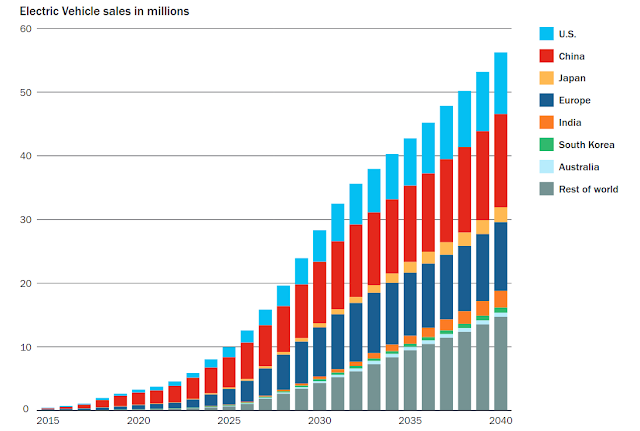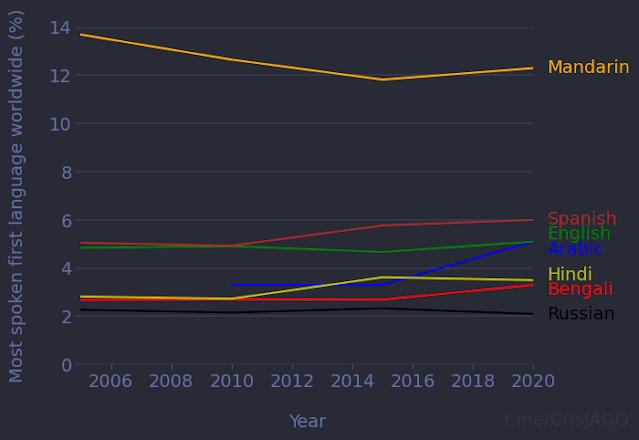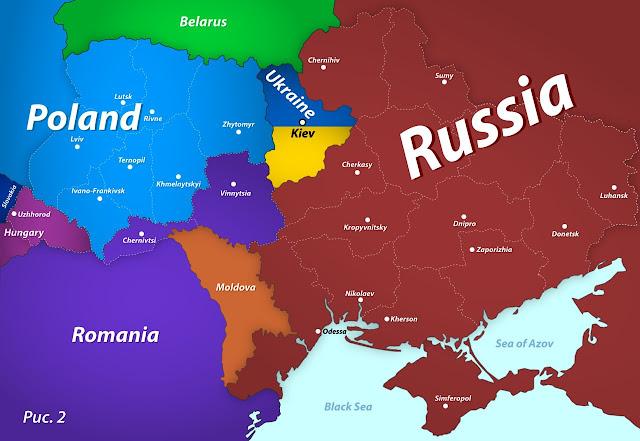Eurasia connectivity and potential risks for the BRI and INSTC.

The war in Ukraine caused the rejection of the Western world towards Russia, who was disconnected from the financial system dominated by the West, its reserves abroad were confiscated, and it finds itself in a war against NATO in Ukraine that it does not dare to be declared. The explosion of the Nord Stream 2 gas pipeline is not an accident and it seeks to cut Russia's remaining ties with Europe, both in energetic and economical terms. Also, although the recent order issued against President Putin by the International Criminal Court (ICC) in The Hague will have no relevant effect on the global conflict, it is another tool in the information war and also seeks to cut Russia's remaining ties with Europe, this time in the legal and propaganda level. Motivated by the explosion of Nord Stream 2, a Russian-European infrastructure project, I propose to take a look at other infrastructure projects in Eurasia and pay attention to potential risks of sabotage or destabilization. In partic



